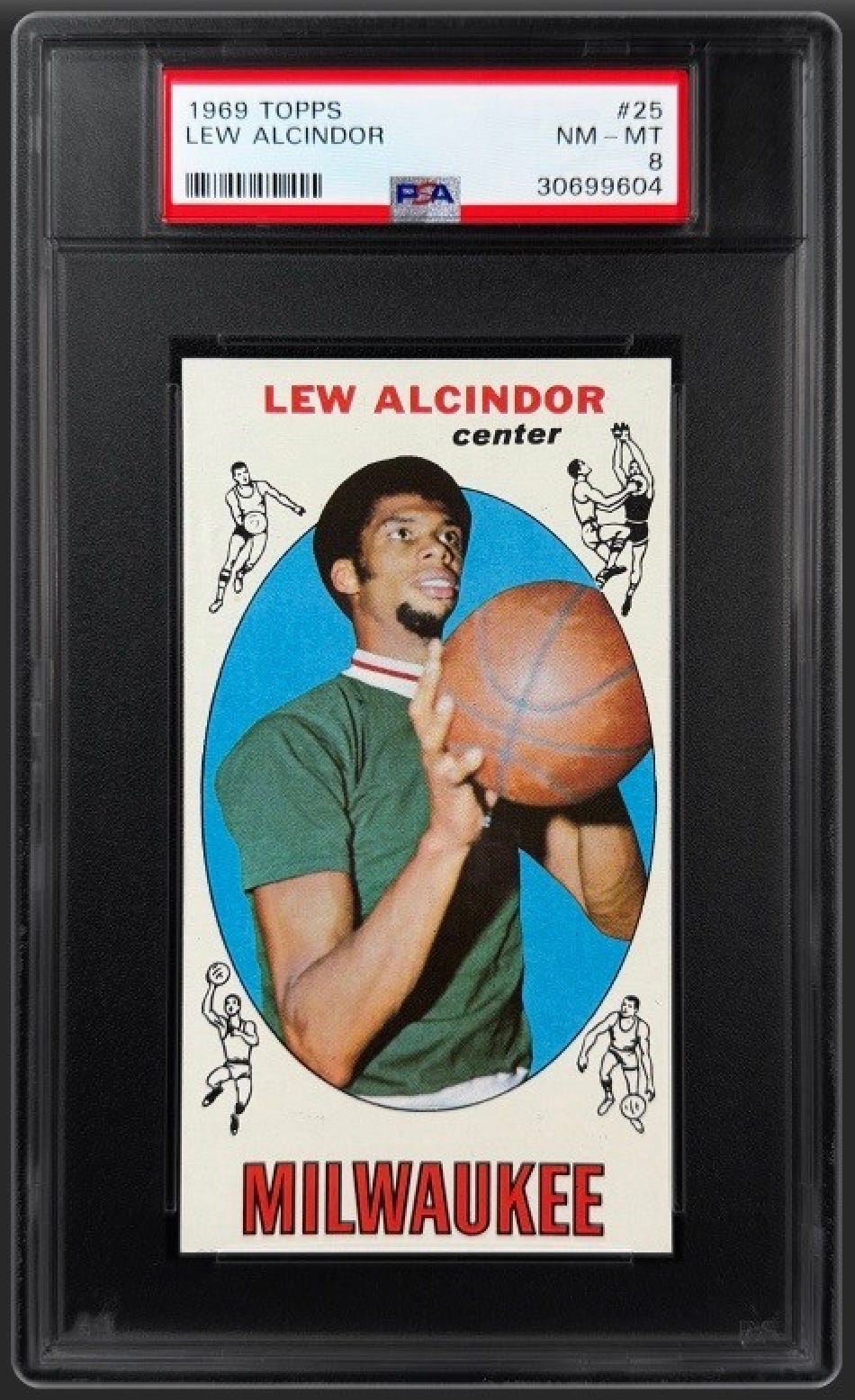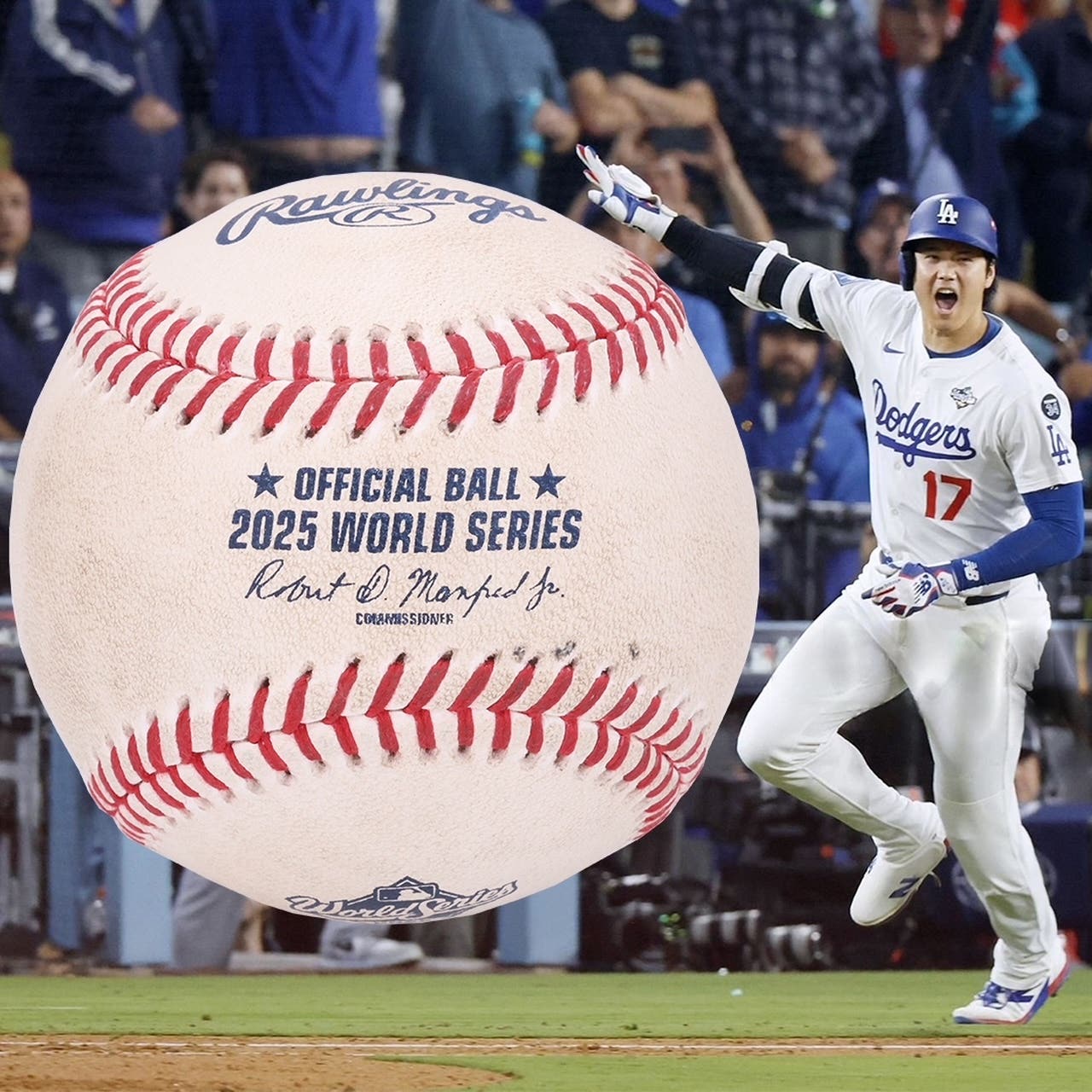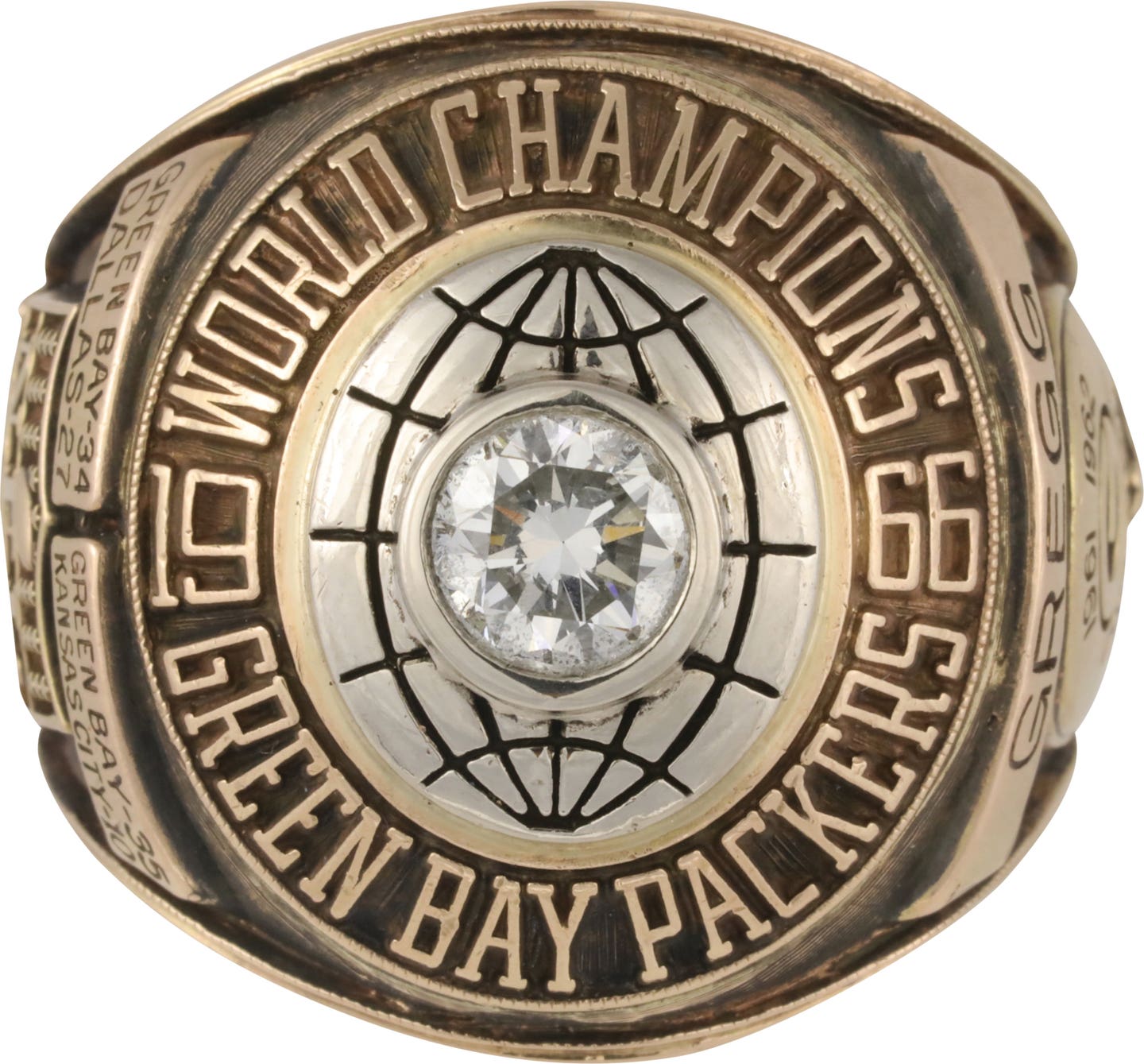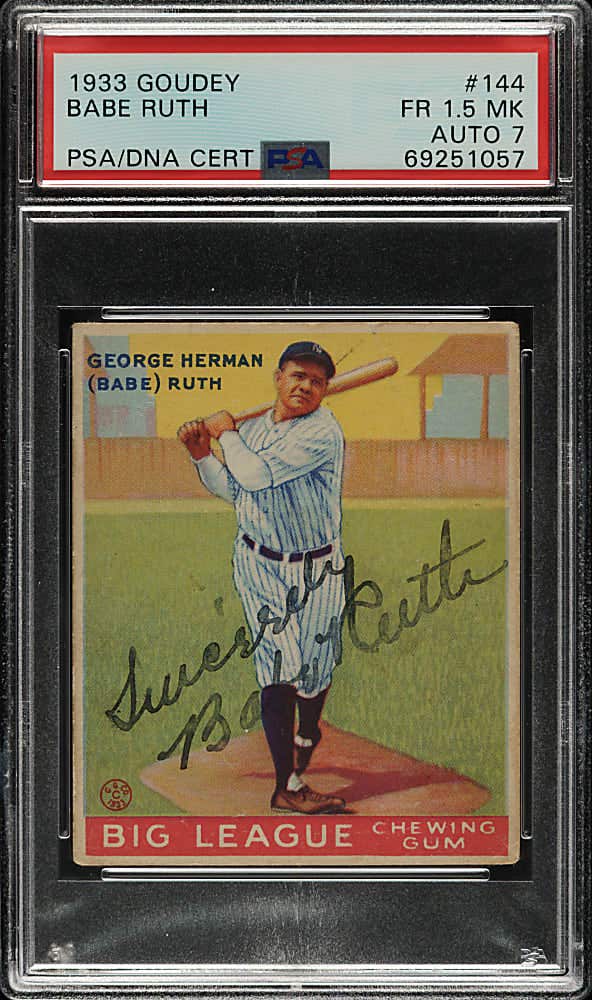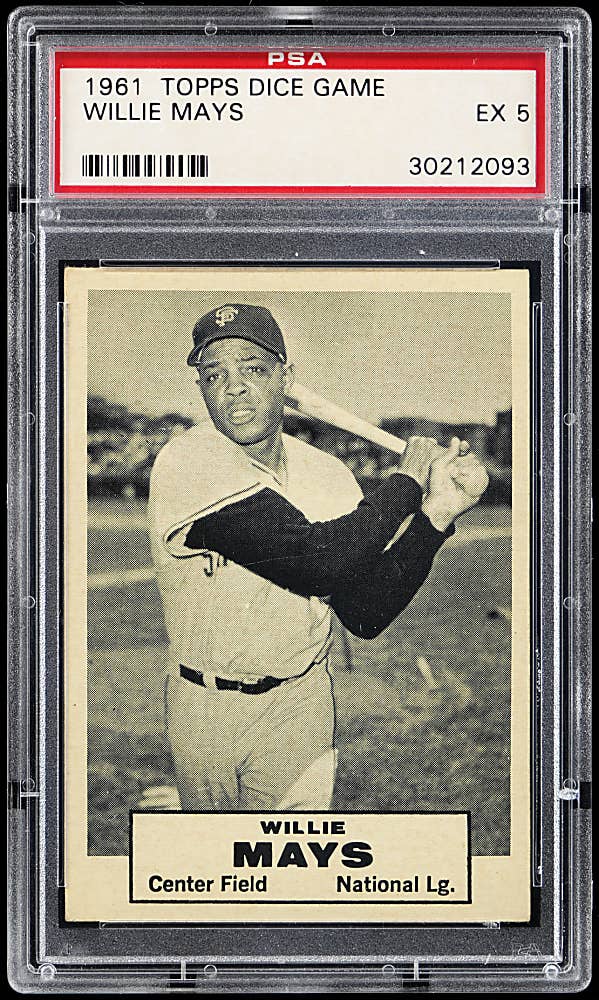Collecting 101
A lipsmackin’ look at 1970-71 Kellogg’s NFL
Ripping open the box top and then treating the plastic bag of cereal inside in a similar fashion, collectors faced a choice: Send their best search-and-rescue hand into the riboflavin- and niacin-enriched environment to blindly fish for the prized premium or dump the flakes into a big container and see if the bonus came out or remained in the empty box.
Collector Paul Ratz of Fergus Falls, Minn., recalled he and his brother used the second method in the fall of 1971 while looking for Kellogg's Football 3-D cards of Vikings players, the second year the cereal maker included cards in specially marked boxes of Corn Flakes and Raisin Bran.
"We had no clue how many Vikings were in the set, but we would pour out the cereal to get at the package inside," Ratz said. "Once we opened it we only looked for a purple jersey. If it wasn't purple (Minnesota's color) it wasn't worth much to us."
Five years ago Ratz came across some of his old Kellogg's cards, "beat to heck." Those cracked and curled cereal box survivors reminded him of 1971, his first big leap into the hobby. His collector bug soon returned. Now, he owns dozens of high-grade 1971s of Vikings - and those other guys.
Ratz also enjoys the challenge of putting together a top-notch condition 1971 Kellogg's set, where the colorful cards only appeared one-at-a-time in cereal boxes. In 1970, the first year of widely distributed three-dimensional sports cards, you had the option of obtaining a complete set through a mail-in offer.
Both the 1970 and 1971 Kellogg's football sets contain 60 cards apiece, measuring about 21/4-by-31/2 inches. Each card front includes white borders, a facsimile autograph and a helmet (blue in 1970, red in 1971) with the player's name. The backs came with fairly ample player information and a gridiron trivia fact or two.
Wedged in between the white border and the 1971 photos is a blue border with white dots and the phrase "3-D Super Stars" at the top. The '71 backs also include a closeup of the athlete's face from the card's flipside.
The O.J. Simpson card, the same year as his Topps rookie, leads the 1970 issue at $20. Other Hall of Famers such as Dick Butkus, Bob Griese, Gale Sayers and Johnny Unitas list for about $5 apiece.
Near-mint commons book for a mere 40-50 cents each. The set price in the Standard Catalog of Football Cards settled at $50 in recent years.
Unitas leads the 1971 Kellogg's collection at $27. A first-year card of Pittsburgh's "Mean" Joe Greene follows close behind ($25). A few additional players in the double-digit price category are: Butkus ($20), Griese ($18), George Blanda ($17) and 49ers QB and future TV announcer John Brodie ($15). Commons book at $4.50 in the '71 Kellogg's offering, while the set books at $360.
There is no Simpson card in the '71 set. And Joe Namath, perhaps the biggest star of the era, does not appear in either offering.
Ratz pointed out the 1971 3-D cards of Unitas and Griese in PSA 9 or above have been so elusive that he has not spotted either of them in top shape in five years. He also said set-starter Tom Barrington, No. 40 Floyd Little and set-ender Dave Osborn are very difficult to locate in prime condition.
"Barrington has brought over $100 each time a PSA 9 has popped up on eBay, much more than other PSA 9's of common players," stated Ratz.
Collect 'em All Over Again
Due to the set mail-in offer, locating 1970 sets in pristine condition is not uncommon.
"Finding 1970 Kellogg's cards in their individual sleeves from cereal boxes can be more difficult," said Ratz. He added that on occasion unopened packs of 1971 Kellogg's cards pop up, often selling for at least $25-$30.
Unopened, however, certainly does not always mean unblemished.
"I've opened about 10 Kellogg's football cards from their sleeves and four had cracks, two had bad corners and four were nice," he said. "Even if you find them in their wrappers, there is no guarantee that they are still in good shape."
But on occasion, a nice little surprise keeps Kellogg's collectors that much more interested in their pursuits.
"A full 1971 set in its wrappers sold for $2,500 last year," said Ratz. "A guy from Wisconsin sold it. His father had worked at a Kellogg's factory in the 1970s and brought this set home and stuck it in a drawer. I don't think there are too many sets like this around and they definitely bring a premium."
Buying off-condition 3-D cards can be tricky.
"Many of the cards develop a bend or curl to them if they haven't been kept in some sort of holder," said Ratz. "When you buy them curled and put them in a plastic holder they sometimes crack, decreasing their value dramatically."
Hobbyist Pat Kucera said it's best to avoid cards with "a serious curl." The La Crosse, Wis., collector stressed not to force trying to flatten curled cards.
"Do not put them in books or under pennies," he said.
Kucera said he tames the curl in Kellogg's cards, "maybe 80-85 percent of the time," by placing the card in a polysleeve and then in a nine-pocket storage page, resting the combo upright in a binder.
"Don't lay it down and put pressure on the cards," he said. "Over the course of two-to-six months they will settle down."
The avid cereal card connoisseur added, "I find 1975 Kellogg's baseball to be the worst at cracking; 1971 (either sport) is next."
Down, Set, Price Hike
Ratz emphasized price guides are "way off" in relation to the Kellogg's football sets.
He said the 1970 issue can still be found in the $150-$200 range, "so it's never too late to put this set together."
He also said the 1971 Kellogg's issue in near-mint condition goes for around $1,000.
Dealer Mike Mosier of Columbia City Collectibles said the 1970-71 Kellogg's football sets, in his experience, sell for $75 and $450-$500, respectively.
Mosier added that empty cereal boxes advertising the 3-D gridiron issues change hands for $100 these days and the Butkus card appears on most of the boxes he has seen.
The Indiana dealer said panels cut from the boxes with the card ads have a $50-$60 price tag. Plus, he said in 1971 there were mini store displays that showed a few cards and the displays easily bring $125.
"The boxes are tougher to find than the store displays, but both sell very well," said Mosier.
The Kellogg's 3-D football card experiment ended after the 1971 issue, apparently due to limited success helping drive sales. By contrast, the Battle Creek, Mich., cereal company produced 3-D baseball cards virtually every year from 1970 through the early 1980s.
Two Scoops of Fun ... And Respect
Ratz said Kellogg's cards in general are getting the respect they deserve since all of the sets appear on the PSA Set Registry.
"I see more new graded sets popping up all the time for all years," Ratz said. "I think collectors are realizing this is an affordable way to build a set with a limited budget. Each of the sets includes tons of Hall of Famers and it's still easy to find nice sets that are 30 years old."



